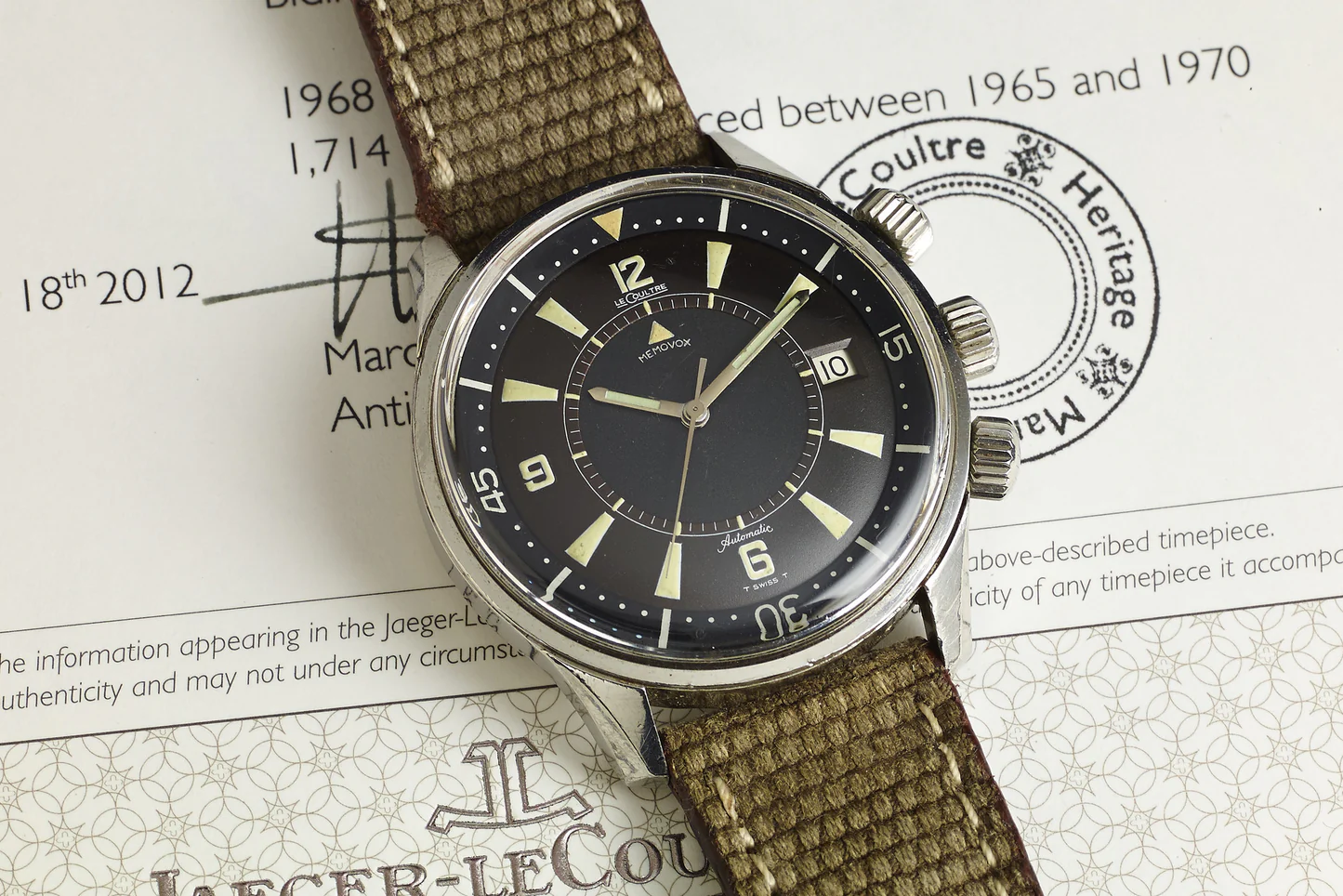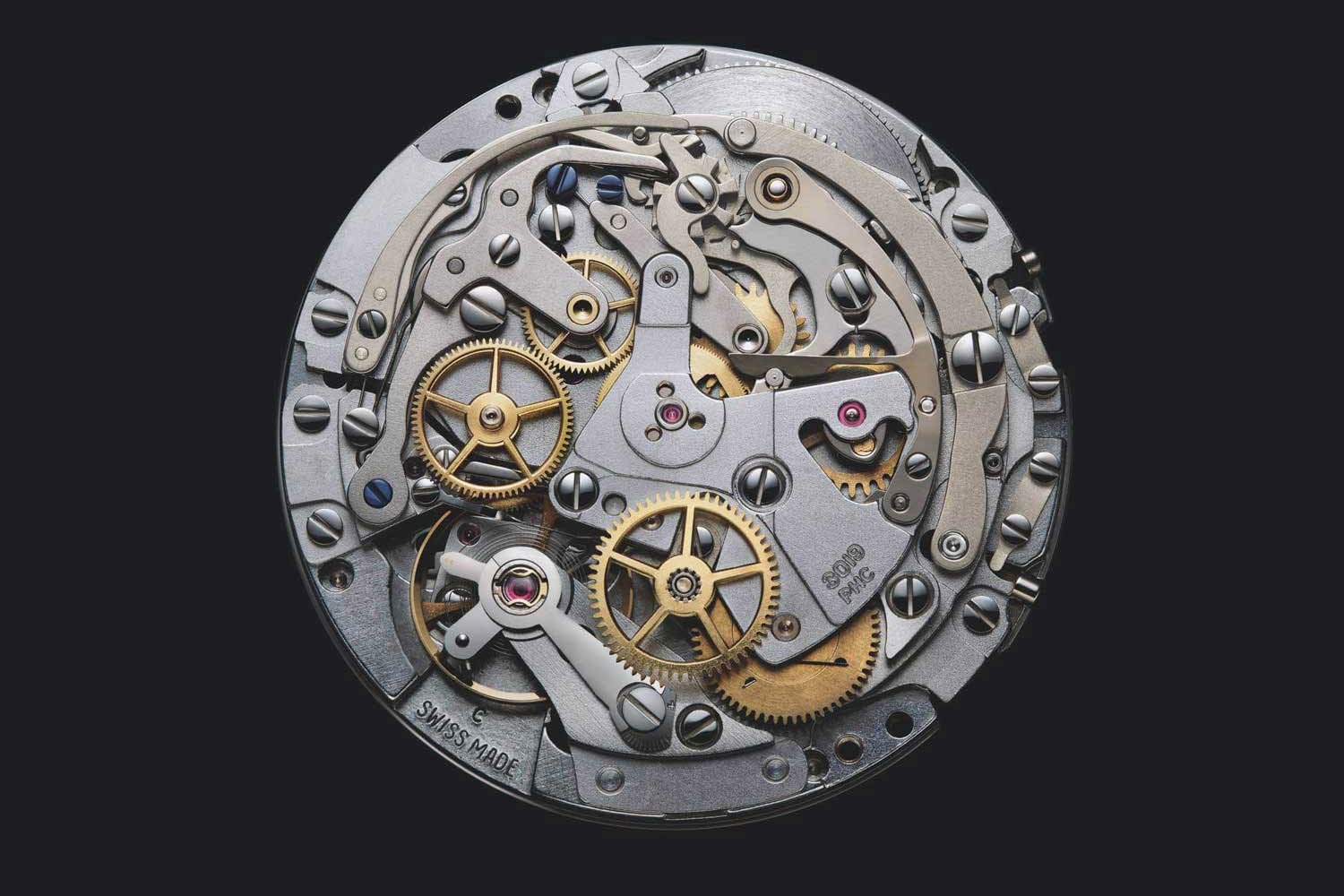The Deloitte 2023 Swiss Watch Industry Study reveals that watch industry executives see India as a market with tremendous potential for years to come.
The Swiss watch industry is setting new export records and facing transformative change. After an impressive 2022, where watch exports reached a historic peak of almost 25 billion Swiss francs, strong growth continued during the first eight months of the current year. Major geographies, such as the United States and China, saw sustained expansion. Despite the rise of e-commerce, 62% of brands expect in-store sales to take over over the next five years and plan for retail expansion. This is demonstrated by the Deloitte 2023 Swiss Watch Industry Study, which is based on the opinions of industry experts and consumer surveys in major markets. The study reveals that watch industry executives see India as a market with tremendous potential for years to come. During the first eight months of 2023, India actually saw an above-average increase in sales, at 18%. According to our forecasts, India should climb into the top 10 Swiss export markets within ten years.
Double-digit growth confirmed in 2023: after a successful 2022, during which the Swiss watch industry recorded record exports worth 24.8 billion francs, the sector continued its sustained growth during the first eight months of the current year. At the end of August, watch exports had increased by 10.2% in volume and 9.2% in value – despite the combined effects of inflation and the strength of the Swiss franc, which make Swiss watches more expensive for international buyers.
The top ten export markets all confirmed their growth trajectory during the first eight months of 2023. The United States remained the most important domestic market for Swiss watches, with exports to this country reaching almost 2,000. 7 billion Swiss francs, an increase of almost 10% compared to 2022. China also saw similar growth of 9.3% during the same period, but exports are still 7.5% lower to 2021 levels. Watch industry executives have mixed views on China, with forecasts split evenly between growth and decline among those surveyed. Of the 75 executives surveyed, nearly four in ten said lost sales volumes due to reduced travel by Asian consumers had affected their businesses over the past 12 months.
Tempered optimism for the next 12 months
Asked about the trajectory of the next 12 months, the majority of senior executives in the Swiss watch sector considered the outlook optimistic both for the Swiss economy (60%) and for its main export markets (59%). However, compared to the economic outlook as a whole, the sector is less confident in its own prospects than a year ago. Only half of senior executives in the Swiss watch sector say they are positive (compared to 57% in 2022), and a quarter of them express their negative feeling. Most senior executives pointed to geopolitical uncertainty (84%), followed by inflation (69%) and the cost of living crisis (69%) as the main reasons for this sentiment. For next year, managers see the shortage of qualified personnel as a major risk factor. In addition, suppliers have stated that they want to increase both their production capacity and their workforce in Switzerland.
In-person experience trumps digital convenience
Direct and personal contact between watch brands and their end consumers through physical points of sale, pop-up spaces or watch fairs remains an essential factor. Consumers mainly buy watches in stores to touch, test and try them on (52%), while 43% of them prefer direct contact with sales staff. Most brands and retailers (62%) agree that offline sales will continue to dominate online sales over the next five years, with differences varying by price segment. In general, the more expensive the watch, the more likely the customer is to purchase it offline. Most brands are investing in expanding their retail spaces, whether in their flagship stores or multi-brand outlets.
In a digitalized world, watch fairs retain great reach: nine out of ten senior executives consider them essential for connecting with potential customers and expanding their target audience. “The digital space is not capable of reproducing the electrifying atmosphere of watch shows and auctions, nor the spirit that a brand exudes in a physical boutique. However, social commerce, with its personalized recommendations and instant purchases through connected apps and mobile payment options, is poised to emerge as a crucial subchannel for the industry. Already well established in Asia, social commerce transforms time spent in front of the screen into a rewarding and purchasing experience,” as explained by Karine Szegedi, head of consumer, fashion and luxury sector at Deloitte Switzerland.
India, the next growth market
Senior industry executives overwhelmingly identify India as the next big growth market for the watch industry, with the country rising to the top of the most cited responses for the first time. During the first eight months of 2023, India saw a sharp increase in exports, with 133.7 million Swiss francs in value, an increase of 18.5% compared to the same period of the year previous, and an increase of almost 60% compared to the first eight months of 2021.
Consumer responses provide some insight into this. India tops the list with the highest percentage of respondents inclined to wear a watch (94%), a rate matched only by the UAE. According to current statistics, India is only the 22nd country in the world in terms of value of Swiss watch exports, but the industry believes this will change. “India is a fascinating market. The consumer base is not only large, it is also increasingly affluent and luxury-conscious – qualities that are attracting the industry’s attention. By 2028, we expect export sales of Swiss watches in India to reach over 400 million Swiss francs. And we think that India will be in the top 10 Swiss export markets in around ten years,” explains Karine Szegedi.
Sustainability is of strategic importance
As in previous years, sustainable development remains an essential criterion for the watch industry, but the motivation has evolved, explains Karine Szegedi: “The survey highlights a fundamental change. From an expectation on the part of consumers, sustainable development has become a mission for which the sector has become the standard bearer. More than two thirds of respondents indicate that sustainability is part of their business strategy and that they are investing in areas such as circularity or governance structures.” For brands, certified ethical gold (86%), recycled materials (76%) and leather alternatives (74%) are set to play a very important or important role over the next five years.
In addition, new regulations on sustainable development reporting pave the way for a more transparent and responsible watch industry. This is also what consumers expect: 34% of them would choose a watch made by a brand focused on sustainable development, while only 25% would prefer a brand that prioritizes its image. Younger generations prioritize sustainability over branding. This development highlights the need for the watch sector to integrate sustainable development into its core business strategy. “The Swiss watch industry is not only surviving, it is thriving by setting new records and by being part of both tradition and innovation. From the rise of India as a key market to the sector’s internal evolution towards sustainability, the watch industry is ready for a future that balances tradition and progress. Let’s keep an eye on the dial: the next chapter of Swiss watchmaking promises to be as complex and fascinating as the watches it produces,” concludes Karine Szegedi.






